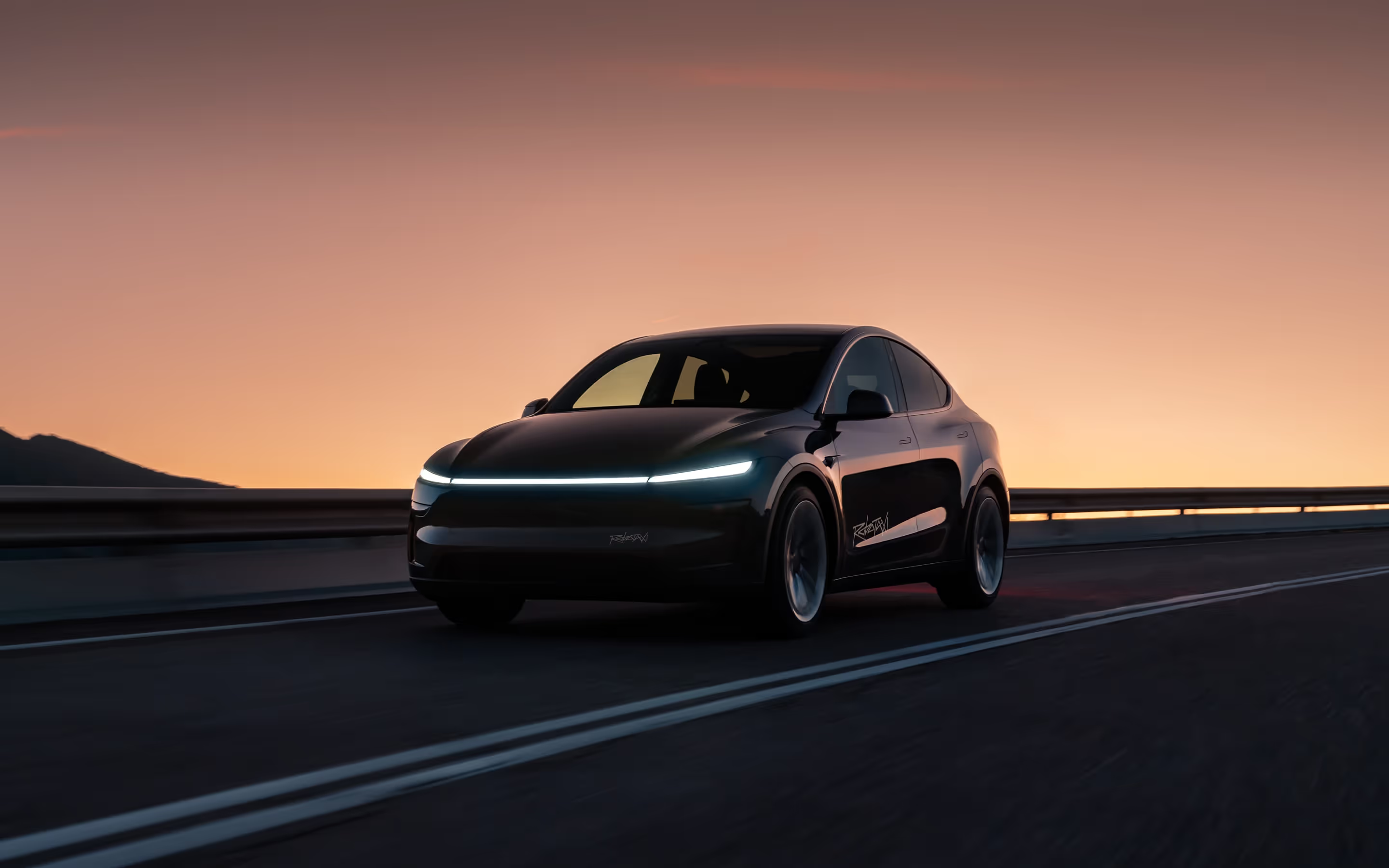In recent years, car subscription services have faced skepticism. Critics are quick to point out past subscription programs that faltered: BMW’s Access program shuttered in 2021, and Volvo’s Care by Volvo service recently closed its doors. Skeptics argue that these closures signal a fundamental flaw in the car subscription model. However, the reality is more nuanced. Loopit has long predicted that early subscription models would face challenges, as they were launched without the critical infrastructure, market understanding, and flexibility that today’s subscription services enjoy. Now, the model is evolving, driven by strategic partnerships, advanced technology, and a consumer demand that’s never been stronger, which also opens up additional revenue streams for OEMs.
Early Car Subscription Programs Are Pioneers, Not Failures
The initial wave of car subscription programs—including BMW’s Access and Volvo’s Care by Volvo—was indeed experimental, but it’s a misconception to view these early offerings as failures. In fact, several of the first subscription models remain successful and have grown in scope. Porsche Drive, for instance, has steadily expanded, refining its model to offer consumers flexibility without long-term commitments. Similarly, startups like Splend, which launched with an innovative EV car subscription model tailored for rideshare providers, continue to thrive by adapting to niche consumer needs.
The early successes and ongoing evolution of these programs demonstrate their potential for driving business growth. Car subscription was never a flawed idea—it simply required time and the right approach to mature. By focusing on specific consumer demands, these early adopters paved the way for today’s more refined subscription models.
A New Era: OEM Subscription Programs Backed by Market Insights and Strategic Positioning
This week alone, three major OEMs launched car subscription programs worldwide, signaling a pivotal shift. Unlike their predecessors, these new programs are not siloed from traditional sales and finance structures. Instead, they’re designed to complement the existing automotive ecosystem. For instance, the recently launched VW Flex program is an example of an OEM taking a pragmatic and scalable approach to subscription.
In VW Flex, Volkswagen Financial Services is driving the program, treating subscription as another financing option rather than a radical departure from traditional models. This approach positions subscription services as part of the broader retail ecosystem, rather than a disruptive force. By collaborating with dealership networks, focusing on refining the program in one metro area to enhance customer engagement, and treating subscriptions as another F&I (Finance & Insurance) tool, VW is establishing a sustainable and consumer-friendly model that can drive revenue growth.
This model embodies what Loopit has always championed: positioning subscription alongside other financing options, not as a replacement for them. It’s this pragmatic approach, adopted by OEMs and their captive finance companies, that has staying power. The auto industry has a long history of adapting to evolving financial models. Just as automakers successfully integrated leasing and financing arms, car subscriptions are becoming a natural extension of the industry’s toolkit, catering to changing consumer preferences and financial realities.
The Changing Consumer: Why Car Subscription Appeals to Modern Buyers and Boosts Customer Satisfaction
The new wave of subscription programs is well-aligned with the evolving preferences of today’s consumers. Younger generations, in particular, are less interested in the long-term commitments of car ownership and more focused on convenience and flexibility. Rising living costs and economic uncertainty have only accelerated this trend. Car subscription models can strengthen customer loyalty through personalized experiences and ongoing value, fostering trust and long-lasting relationships.
Marcus Welz, Managing Director of Hyundai Connected Mobility, aptly captured this shift: “Today’s customers are increasingly prioritizing convenience and connectivity. As a result, mobility is evolving toward usership models like car subscription, reflecting how some people prefer to engage with their vehicles and transportation needs.” For many, car subscription offers an appealing alternative to ownership, allowing them to experience new vehicles without long-term obligations. Understanding customer needs and maintaining ongoing interactions helps build strong customer relationships, refining offerings and delivering greater value.
Volkswagen’s Chief Sales and Marketing Officer, Andrew Savvas, also highlighted the growing appeal of subscription services, saying, “This subscription service brings our brand to a whole new segment of consumers who are looking for a simple and flexible mobility option, as well as those who want an easy way to experience the Volkswagen brand for themselves.” These sentiments resonate with the modern consumer’s preference for flexibility, low-commitment options, and access to new technology. Subscription services cater to the diverse customer needs of modern buyers, enhancing satisfaction and driving revenue.
Subscription Services Are Becoming a Core Part of the Automotive Business, Creating Additional Revenue Streams
Not only are consumers showing interest in subscription; the model is proving to be a significant growth engine in the auto industry. Germany’s fastest-growing startup of 2024, FINN, a monthly car subscription service, demonstrates the model’s viability and scalability. The inclusion of subscription services as a core component of OEM strategies signifies a lasting change, not a passing trend. These services enhance customer satisfaction through personalization and flexibility, leading to increased loyalty and retention.
By embracing subscription as a complementary, rather than revolutionary, addition to their business models, automakers are setting the stage for long-term success. These new programs are no longer isolated experiments—they’re strategic initiatives supported by technology, infrastructure, and an understanding of consumer preferences. Different billing models, such as prepaid plans where customers pay in advance for data usage, and fixed-rate billing, cater to customer preferences for flexibility and predictability.
The closure of early subscription programs doesn’t signal a failure of the model itself; rather, it reflects the natural growing pains of an evolving industry. Today’s car subscription services are not just surviving—they’re thriving, backed by OEMs who understand the importance of aligning subscription with traditional dealership networks and financing options. OEMs can push software updates to subscribed features as part of regular maintenance, ensuring that these updates do not disrupt the vehicle's broader ecosystem. As more consumers seek flexible alternatives to ownership, subscription services are emerging as a sustainable, profitable part of the automotive landscape.
With the right technology, infrastructure, and consumer insights, the new wave of car subscription programs has the staying power that their predecessors lacked. By treating subscriptions as another tool in the automotive finance toolkit, OEMs are creating a sustainable model that will continue to meet the needs of a changing market. Effectively communicating and continually refining the value proposition can mitigate subscriber churn and elevate customer trust. As this trend gains momentum, car subscriptions are poised to become a mainstay in the automotive industry for years to come.









